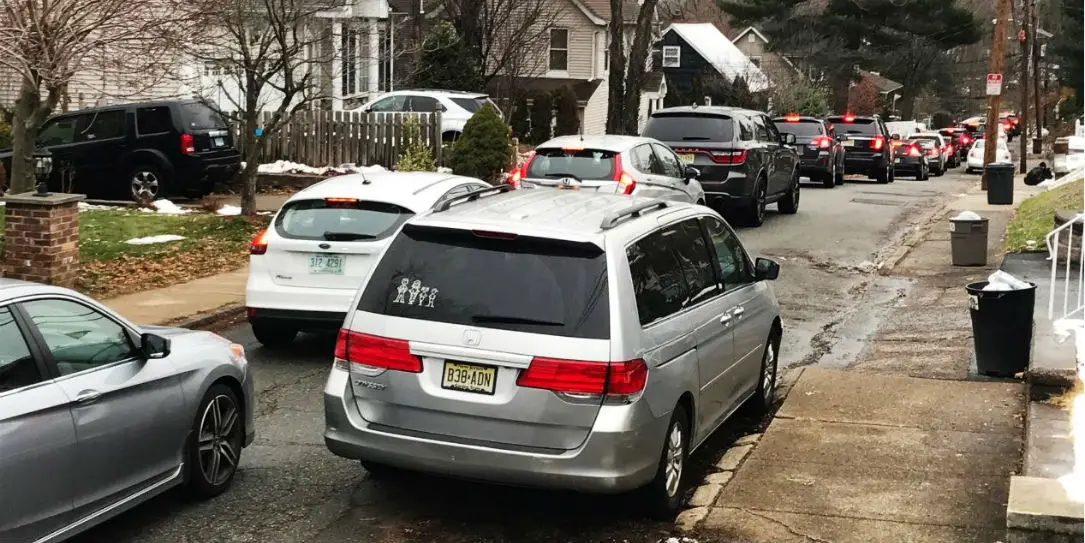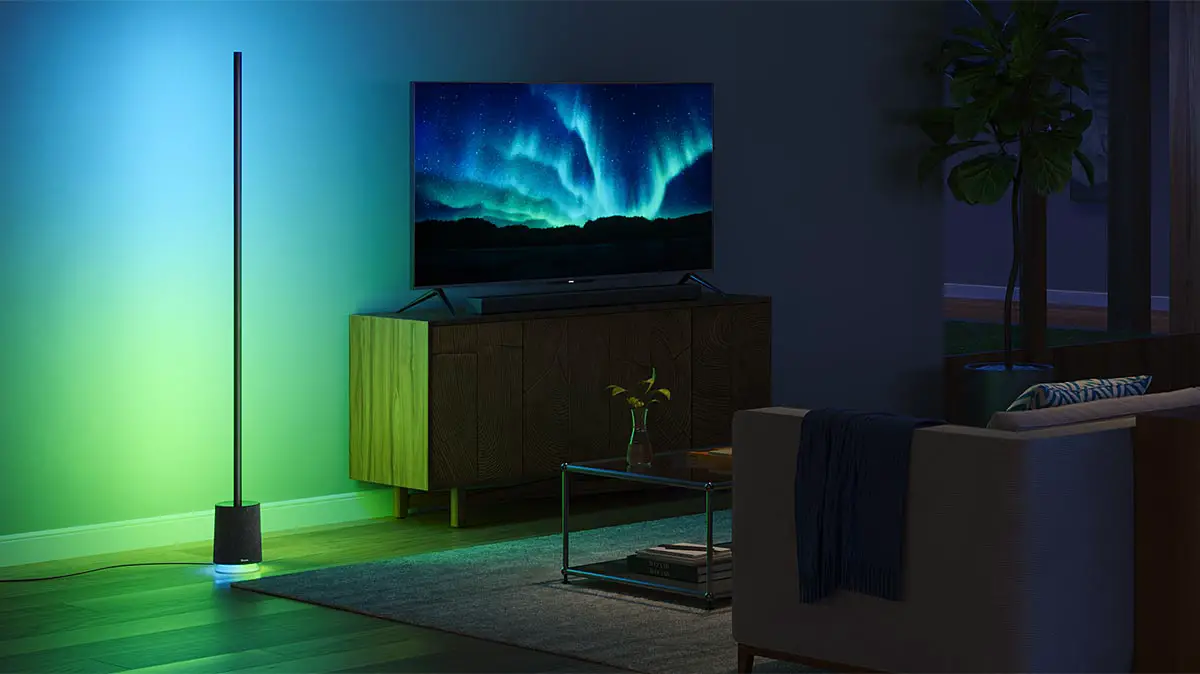I’m not ashamed to admit when I was growing up the only navigation tools we had were a paper map and sense of where we were. While companies have been working on navigation systems for cars since the ’60s, it wasn’t until the mid to late ’90s that they became a normal sight. Even in the ’90s those systems were limited. They offered no real-time understanding of the world around you. Nor did they offer a community of users that shared road information in an attempt to make the commute easier.
These days, almost every car has a navigation system in the form of the user’s smartphone. Apps like Google Maps, Apple Maps, and the ever-popular Waze app are providing real-time data and user interaction to try and help motorists through their daily commute.
One of the more popular features of these apps is their ability to reroute you should traffic become heavy. But often times those reroute paths cut through surface streets and small municipalities. Many of these small towns aren’t equipped to handle the sudden influx of traffic through their narrow and residential streets.
Take the town of Leonia, N.J. as an example. This small New Jersey town of just under 10,000 residents is cradled between I-95 and I-80 and has been seeing a massive increase in traffic which the city blames on navigation apps.
“Without question, the game changer has been the navigation apps,” said Tom Rowe, Leonia’s police chief. “In the morning, if I sign onto my Waze account, I find there are 250,000 ‘Wazers’ in the area. When the primary roads become congested, it directs vehicles into Leonia and pushes them onto secondary and tertiary roads. We have had days when people can’t get out of their driveways.”

The city has seen enough of this increased traffic and is looking to thin out the congestion through their town. Starting in mid-January, the Leonia police department will close 60 streets to drivers that are not residents or working in the area. The town plans on passing out yellow hangtags that will identify the vehicle as a resident and those who do not have them will be fined $200USD. The city has already notified the big navigation apps like Waze of the new policy so they can prepare. The new policy will take effect January 22nd and will only be enforced from 6 a.m. to 10 a.m and 4 p.m. to 9 p.m.
Waze did respond to the situation in Leonia and says it works with all communities to make the experience as smooth as possible.
Terry Wei, a spokeswoman for Waze, said the app benefited from a community of local volunteer editors who ensure that the maps stay up-to-date and reflect the local law. “If a road is legally reclassified into a private road,” she said, “our map editors will make that change. It is our goal to work holistically with our community of drivers, map editors and city contacts to improve the driving experience for all.”
It seems like an extreme measure to take and cries of a cash grab are most likely going to ring out. But there is the flipside of the argument too. Streets in towns like Leonia aren’t designed to carry this kind of traffic. Not only does the increased traffic disrupt the community, it also weakens their roadways with the increased traffic. It’s a complicated situation and I am sure there are plenty of arguments on both sides.
What do you think of the re-routing from navigation apps and Leonia’s “solution” to their traffic influx problem? Let us know in the comments below, or on Google+, Twitter, or Facebook.
[button link=”https://www.nytimes.com/2017/12/24/nyregion/traffic-apps-gps-neighborhoods.html?mtrref=undefined” icon=”fa-external-link” side=”left” target=”blank” color=”285b5e” textcolor=”ffffff”]Source: The New York Times[/button]









